MORGANTOWN, W.Va., U.S.: Something often overlooked in dentistry is the occupational health risks to practitioners. In a new study, researchers from West Virginia University (WVU) School of Dentistry are collaborating with the National Institute for Occupational Safety and Health (NIOSH) to find out how microscopic, airborne particulates and gases might be generated during dental procedures and what measures dentists can take to protect themselves.
After a number of dental professionals were diagnosed with the commonly fatal condition of idiopathic pulmonary fibrosis at a single Virginia clinic, the researchers became interested in learning more. Not knowing the cause of the disease is part of the reason they want to understand better what dental personnel are exposed to in the work environment, according to Dr. Randall Nett, who leads the Field Studies Branch of the NIOSH Respiratory Health Division and investigated the cluster of cases when they came to light
To gather the data needed for the study, the researchers will measure the size and concentration of particulates in real time during common dental procedures at five WVU teaching clinics and 29 private dental clinics that collaborate with the dental school’s Department of Dental Practice and Rural Health. They will analyze a variety of samples: metals, dust, silica, volatile organic compounds and anesthetic gases.
“In some smaller clinics, it could be that their setting is in a strip mall, say, and the ventilation systems have not been evaluated,” said Dr. Brie Blackley, a research industrial hygienist at NIOSH. “We will characterize not only the potential exposures that are present but what actions can be taken to mitigate them.”
The researchers have noted that, once they have collected the data analyzed the data, they plan to collaborate with the American Dental Association and the WVU School of Dentistry to share their results with dental professionals. “We don’t want to just point to a potential hazard and say, ‘Here’s a problem.’ We want to be able to characterize exposures and recommend actions that dental personnel could take to protect themselves,” explained Blackley.
Tags:
OSLO, Norway: The widespread availability of vaccines in developed nations has significantly changed the risk of dentists contracting SARS-CoV-2 in a ...
GENEVA, Switzerland: Researchers from the University of Geneva (UNIGE) are seeking to learn why certain species of catfish are able to grow teeth outside ...
BRUSSELS, Belgium: The European Federation of Periodontology (EFP) and Oral-B have launched a campaign to highlight the importance of oral health for ...
BIRMINGHAM, UK: To fill a research gap, researchers have recently examined whether dental professionals are, in fact, at an increased risk of becoming ...
KUOPIO, Finland: The dynamics of a visit to the dentist extend far beyond the purely technical elements. The psychological comfort of the patient and the ...
CHICAGO, U.S.: Implant-supported fixed complete dental prostheses (IFCDPs) are changing modern dentistry, with more people opting for implants than for ...
ANN ARBOR, Mich., US: As the number of dental implants placed globally continues to rise, so too does the clinical significance of understanding ...
JEONJU, South Korea: Though dentistry is generally a highly paid profession, stressors such as financial pressure and a high level of responsibility can ...
BRUSSELS, Belgium/BIRMINGHAM, UK: Treat your gums” is the slogan for Gum Health Day 2022, a worldwide awareness campaign organised by the European ...
TROMSØ, Norway: To help with the lowering of stress and anxiety in some patients who find undergoing dental treatment difficult, dogs have been introduced ...
Live webinar
Mon. 12 January 2026
9:00 am EST (New York)
Prof. Judith Jones D.D.S; M.P.H., Prof. Kakuhiro Fukai D.D.S., Ph.D, Dr. Bathsheba (Bethy) Turton
Live webinar
Wed. 14 January 2026
12:00 pm EST (New York)
Dr. Théo Laplane, Dr. Robert Gottlander DDS
Live webinar
Fri. 16 January 2026
12:00 pm EST (New York)
Live webinar
Mon. 19 January 2026
1:00 pm EST (New York)
Philipp Kopp, Michael Seeber
Live webinar
Thu. 22 January 2026
2:00 pm EST (New York)
Dr. Nicola M. Grande DDS, PhD
Live webinar
Wed. 28 January 2026
8:00 am EST (New York)
Live webinar
Wed. 28 January 2026
11:00 am EST (New York)
Prof. Dr. Jan-Frederik Güth



 Austria / Österreich
Austria / Österreich
 Bosnia and Herzegovina / Босна и Херцеговина
Bosnia and Herzegovina / Босна и Херцеговина
 Bulgaria / България
Bulgaria / България
 Croatia / Hrvatska
Croatia / Hrvatska
 Czech Republic & Slovakia / Česká republika & Slovensko
Czech Republic & Slovakia / Česká republika & Slovensko
 France / France
France / France
 Germany / Deutschland
Germany / Deutschland
 Greece / ΕΛΛΑΔΑ
Greece / ΕΛΛΑΔΑ
 Hungary / Hungary
Hungary / Hungary
 Italy / Italia
Italy / Italia
 Netherlands / Nederland
Netherlands / Nederland
 Nordic / Nordic
Nordic / Nordic
 Poland / Polska
Poland / Polska
 Portugal / Portugal
Portugal / Portugal
 Romania & Moldova / România & Moldova
Romania & Moldova / România & Moldova
 Slovenia / Slovenija
Slovenia / Slovenija
 Serbia & Montenegro / Србија и Црна Гора
Serbia & Montenegro / Србија и Црна Гора
 Spain / España
Spain / España
 Switzerland / Schweiz
Switzerland / Schweiz
 Turkey / Türkiye
Turkey / Türkiye
 UK & Ireland / UK & Ireland
UK & Ireland / UK & Ireland
 Brazil / Brasil
Brazil / Brasil
 Canada / Canada
Canada / Canada
 Latin America / Latinoamérica
Latin America / Latinoamérica
 USA / USA
USA / USA
 China / 中国
China / 中国
 India / भारत गणराज्य
India / भारत गणराज्य
 Pakistan / Pākistān
Pakistan / Pākistān
 Vietnam / Việt Nam
Vietnam / Việt Nam
 ASEAN / ASEAN
ASEAN / ASEAN
 Israel / מְדִינַת יִשְׂרָאֵל
Israel / מְדִינַת יִשְׂרָאֵל
 Algeria, Morocco & Tunisia / الجزائر والمغرب وتونس
Algeria, Morocco & Tunisia / الجزائر والمغرب وتونس
 Middle East / Middle East
Middle East / Middle East

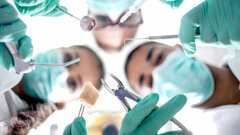


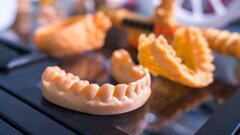



















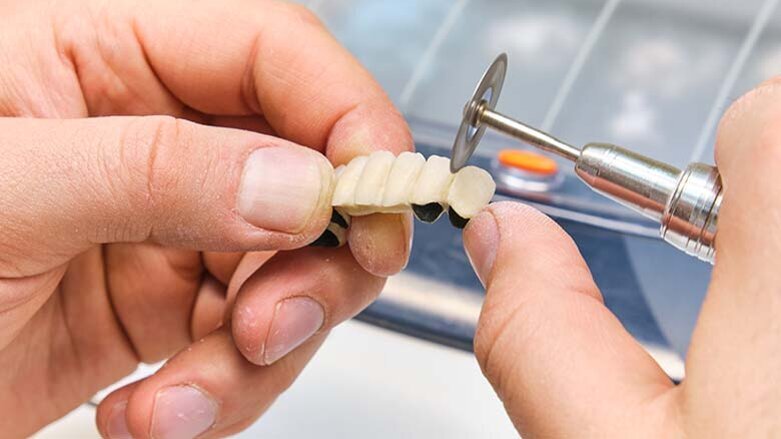

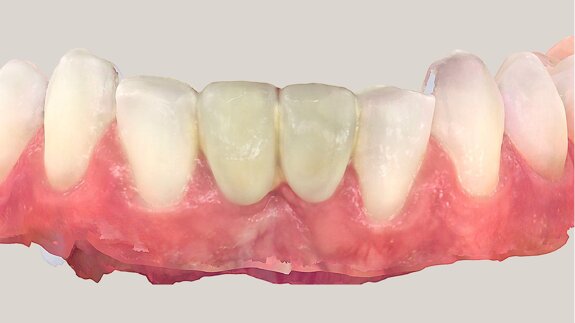

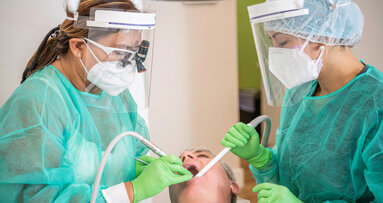

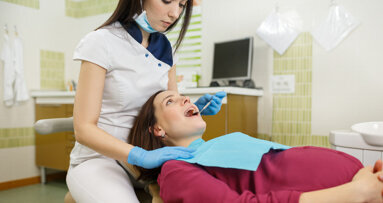
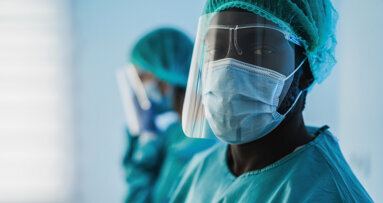

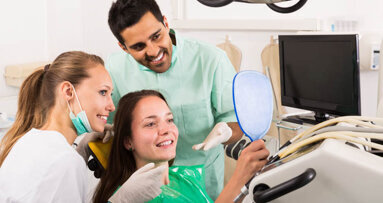
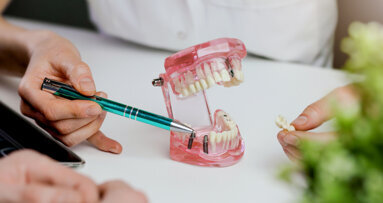
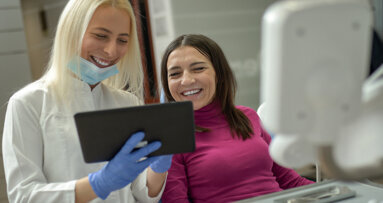












To post a reply please login or register